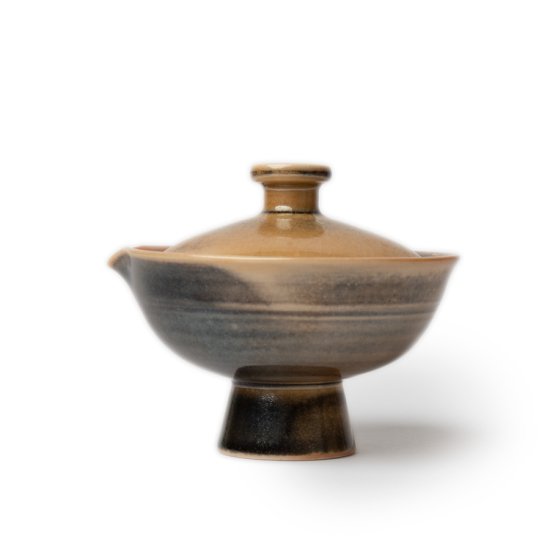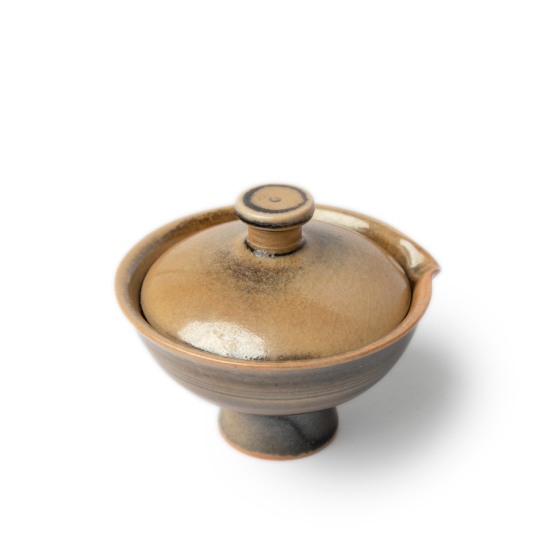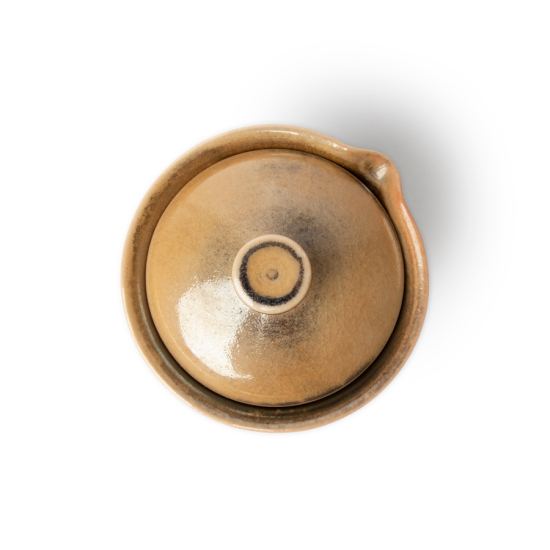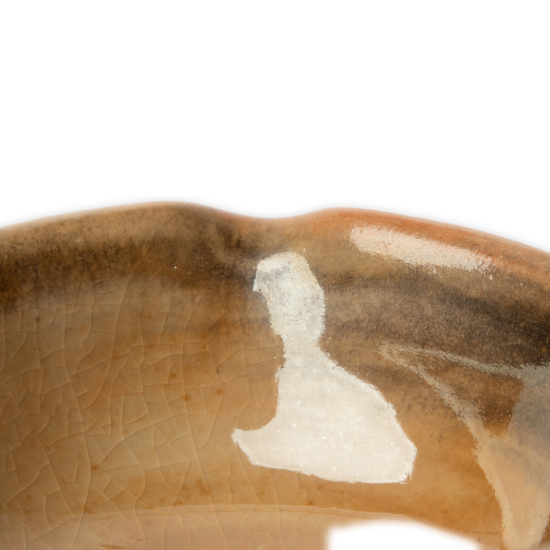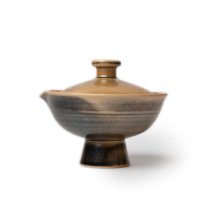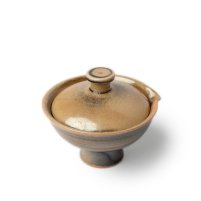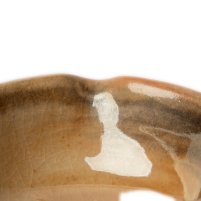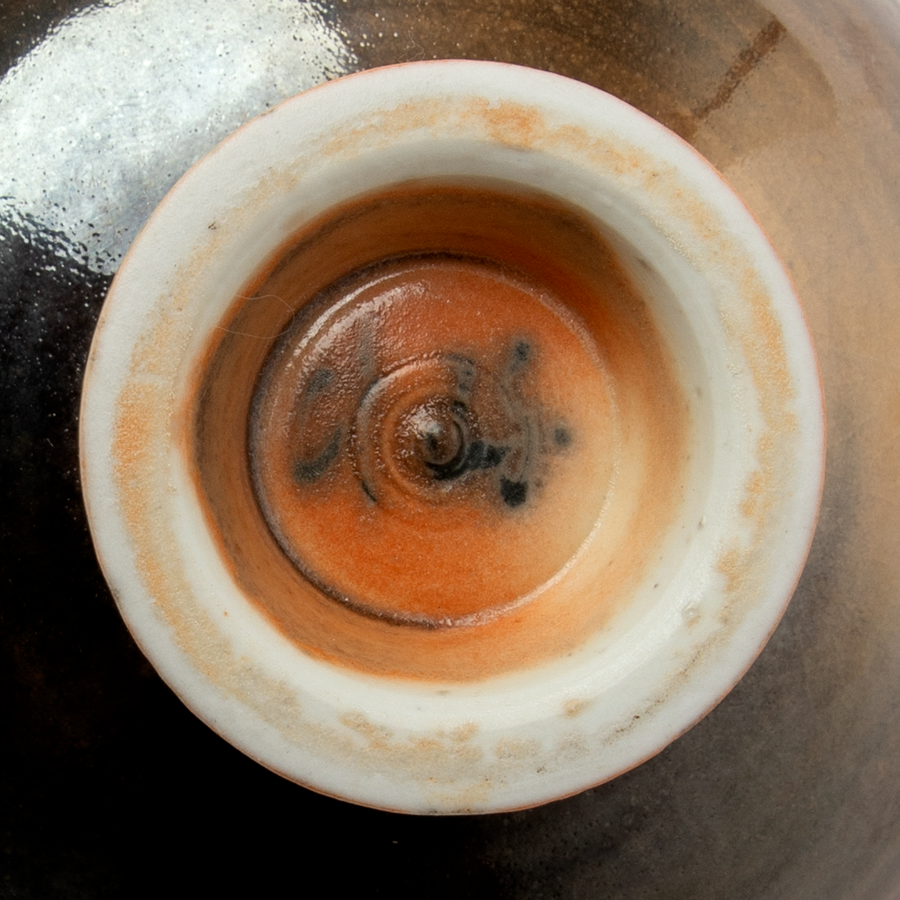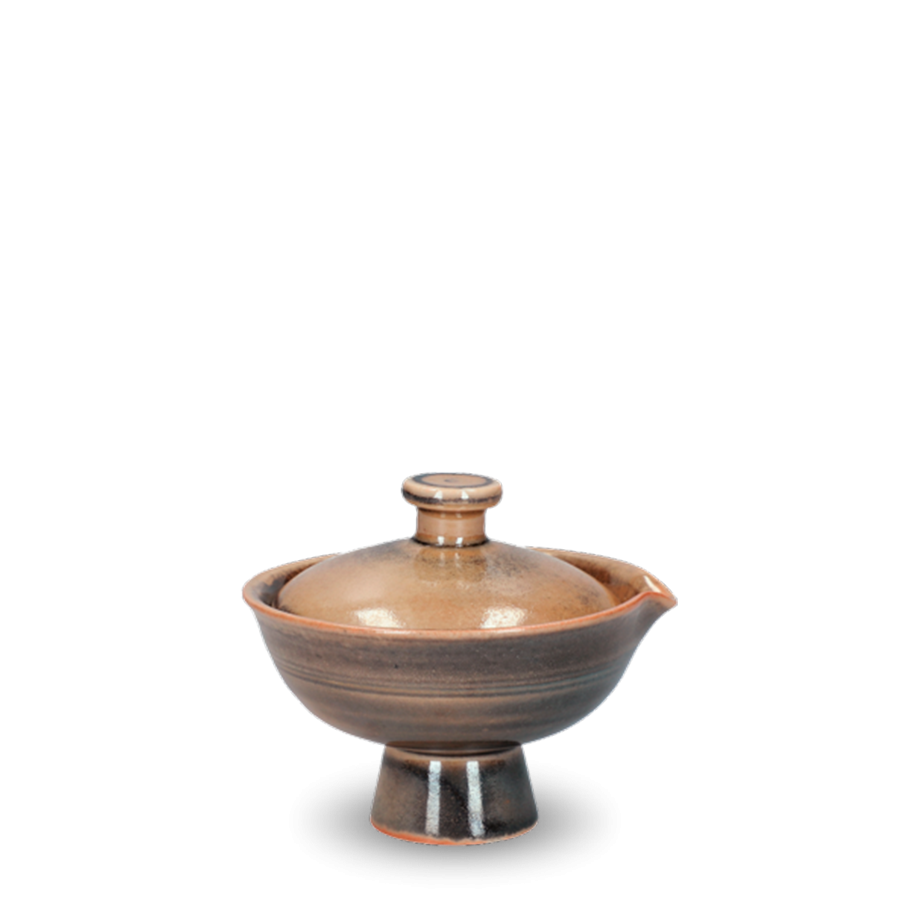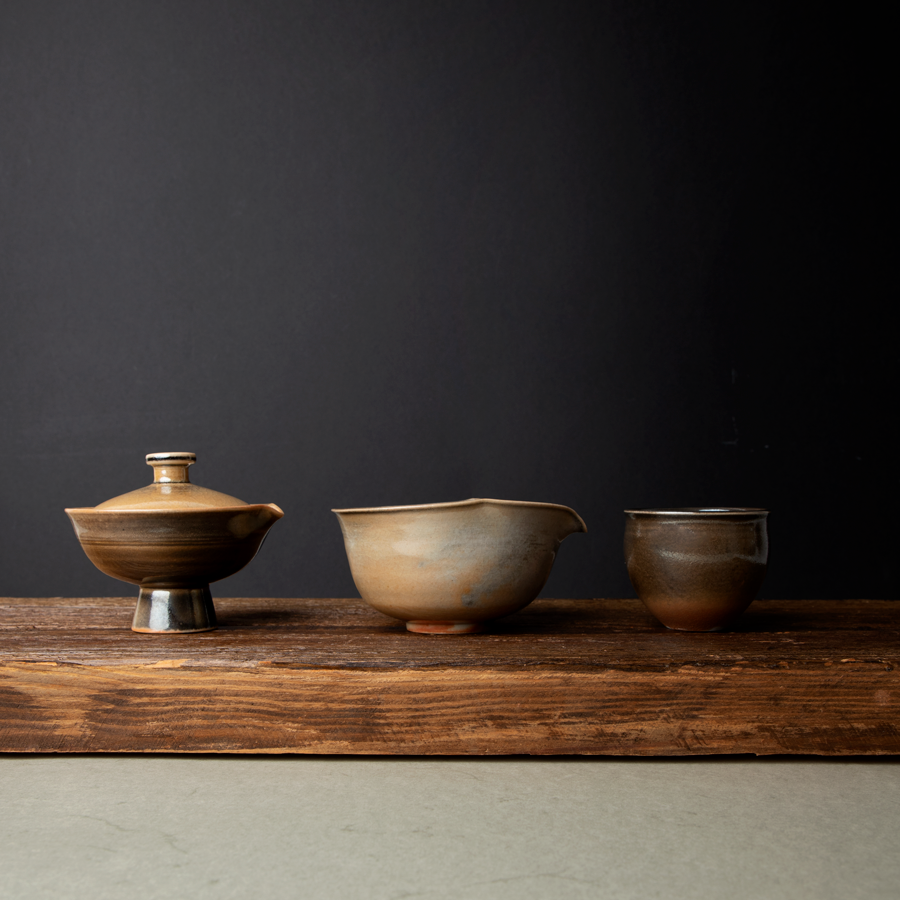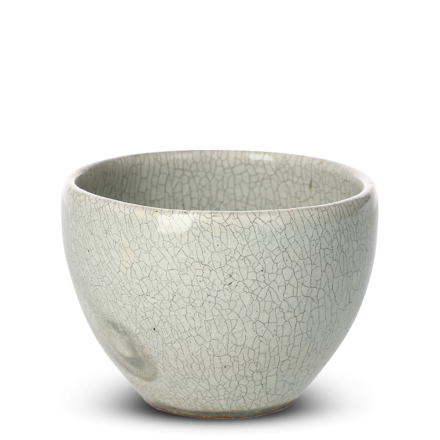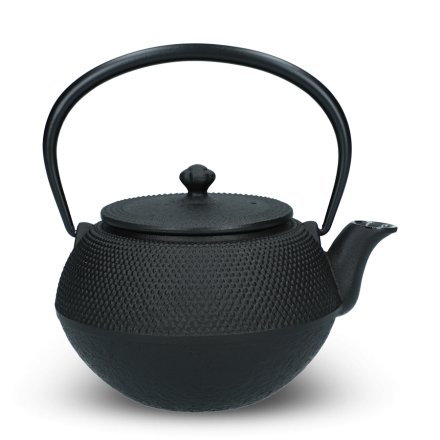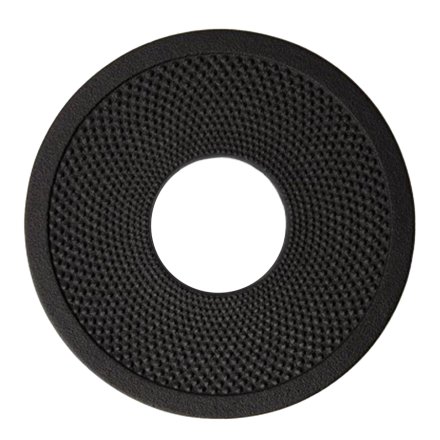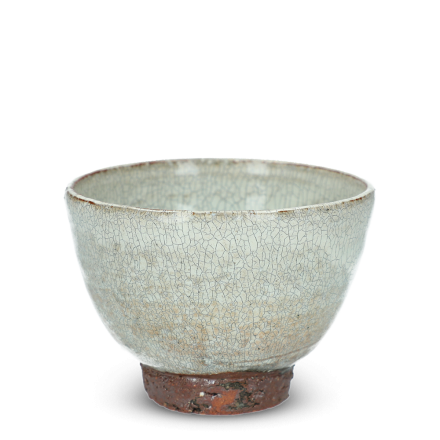Gently hand wash with warm water and a soft cloth or sponge, using a mild washing-up liquid as necessary. Do not put in dishwasher or microwave.
Gaiwan
Xu Ni III
Jiang Liqiang
SKU
7256
Touched by the flame, this stunning wood-fired Gaiwan with stand and pouring spout is baked for over sixty hours and glazed with soda to achieve an organic, one-of-a-kind surface finish reminiscent of splash marks in traditional Chinese ink paintings. This masterpiece is part of the Xu Ni (須彌) collection named after the sacred Buddhist five-peaked mountain.
| Product | Gaiwan with spout and stand, ochre and brown |
| Maker | Jiang Liqiang |
| Origin | Jingdezhen, Jiangxi, China |
| Dimensions | Ø10.2cm x 8.6cm (height with lid), foot Ø4.1cm |
| Volume | 115ml |
| Weight | 260g |
| Material | Porcelain |
| Kiln temperature | 1200-1230°C |
| Artist's mark | Signature on base |
| Packaging | Gift box |
Special Note: The finish on wood- and soda-fired ceramics is unpredictable, therefore colour, glazing and texture may vary considerably to the product shown here – please enjoy the uniqueness of each piece!
In stock



